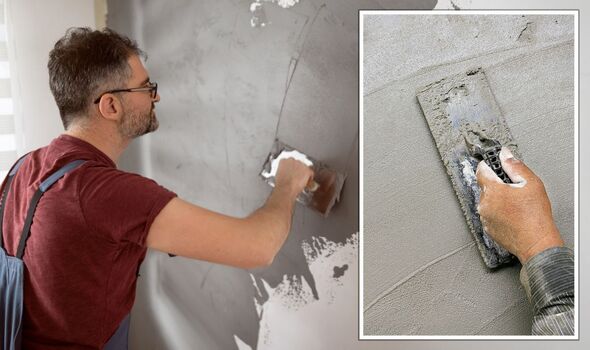Construction materials are used for different purposes. Initial stages usually involve building the structure and laying brick walls. The next step is plastering. Plastering gives the interior wall a final finish, before painting. You can learn about the types of plastering and why it is necessary to plaster. Plastering in Auckland is an integral aspect of the construction process, ensuring durability and aesthetic appeal.
Plastering Definition
Plastering involves applying plaster on internal walls. Plaster is used to protect and coat the interior walls and ceilings. Plaster can also be used to decorate walls, as it is able to be shaped into architectural mouldings such as ceiling roses, crown cornices and corbels. The powdered plaster is available. It must be diluted with water before use.
There are many types of plaster. You will need to apply multiple coats of plaster in order to achieve maximum strength and durability.
There are many types of plaster.
Learn about the different types of plasters based on the binder that is used.
Gypsum Plaster
Gypsum plaster, also known as plaster de Paris (POP), is a paste that forms when you combine gypsum with water. The mineral gypsum is composed of calcium dihydrate sulphate. Chemicals like hardeners and retarders can be added to the gypsum paste. You must apply gypsum to walls at the correct thickness in order to prevent peeling and cracking. Gypsum has low thermal conductivity, is lightweight and has high tensile strength.
Lime Plaster
A lime plaster is made of a combination of lime, water and sand. Animal hair can be added to the plaster in some cases to reduce shrinkage or prevent cracking. When lime plaster comes into contact with the air, it sets. The material of lime plaster allows air to pass. The lime particles fill in the gaps and form a tight, dense bond. The unique finish of lime plaster is ideal for rustic styled homes.
Cement Plaster
A mixture of cement and sand is mixed with water to create a cement plaster. It is used to achieve smooth interior surfaces. Cement plaster can be made from various types of cement, such as Portland Pozzolana Cement and Ordinary Portland Cement. Cement plasters can be finished in different ways, such as textured, sanded-faced, smooth, or rough. You may need to apply a second layer of gypsum over the cement.
Clay Plaster
Clay plaster is an environmentally friendly alternative to plaster. It’s a mix of clay and sand. Clay is a natural material that does not contain acrylics or resins. Clay plaster creates walls that are breathable. The matt finish gives your home a contemporary look. Clay is able to store moisture effectively, which can result in an improved indoor climate. To increase the strength, fibres can be added.
Stucco Plaster
Stucco is made of lime, water and sand. The more modern stucco is made from Portland cement. Plaster stucco, a type of ornamental wall plaster, is known for its superior finish. You should typically apply three coats for a thickness of 25 mm. The previous coat should have dried completely before applying the next. The scratch coat is the first layer of stucco.
How to Plaster
Fill any holes or cavities in the surface before plastering. To remove oil and grease, all joints and surfaces of the application must be thoroughly cleaned with water.
The number of layers of plaster depends on the roughness and texture of the surface. Plastering exposed walls can require more than three coats. If the plaster is thick and in the form of sheets, it may be necessary to finish the drywall.
Mix the dry plaster compound with water until it becomes creamy. The slurry is then applied with a trowel to the walls and ceilings. You must let the first coat dry after application. This coat should be scratched. The second coat should then be applied. You must then apply a final layer to smoothen out the wall before painting or applying wallpaper.
Why Plastering is Necessary
During construction walls may have bricks exposed and surfaces that are uneven. Plastering helps to smooth the walls and protect them from water damage.
Plaster is a durable building material. When plaster is applied on walls, a chemical reaction occurs that strengthens the walls. Plaster is usually able to withstand impacts and dents. Plaster’s strength can be affected by the lath on which it is laid.
Plaster can be used to cover bricks, stones and frame structures. Plaster is also able to be molded, cast, incised or dyed. Plastering ceilings is a great way to add a decorative touch to any space.
Plaster can also absorb sound. The more plaster you use, the better your soundproofing will be. Plaster is also well-known for its fire resistance properties.
